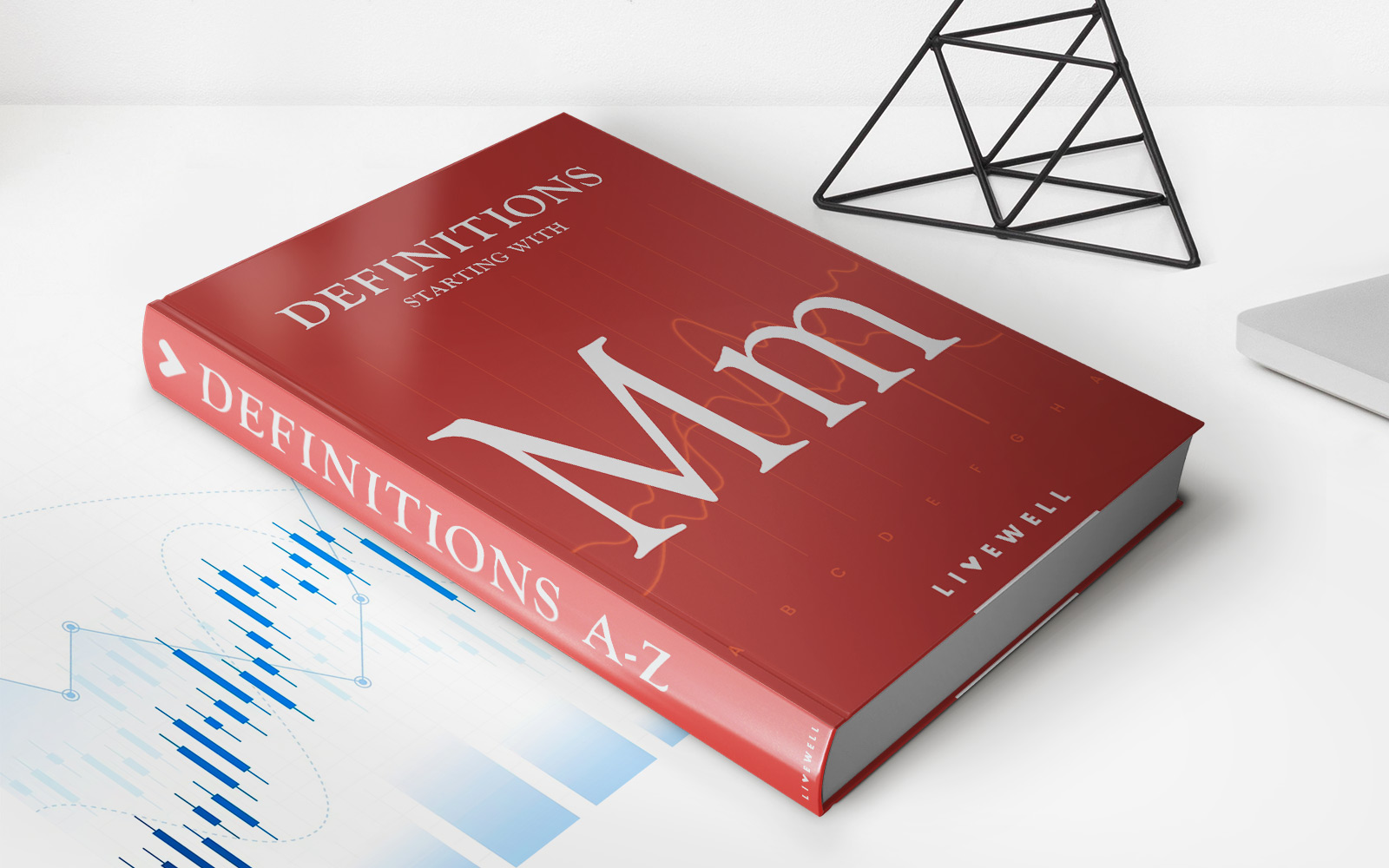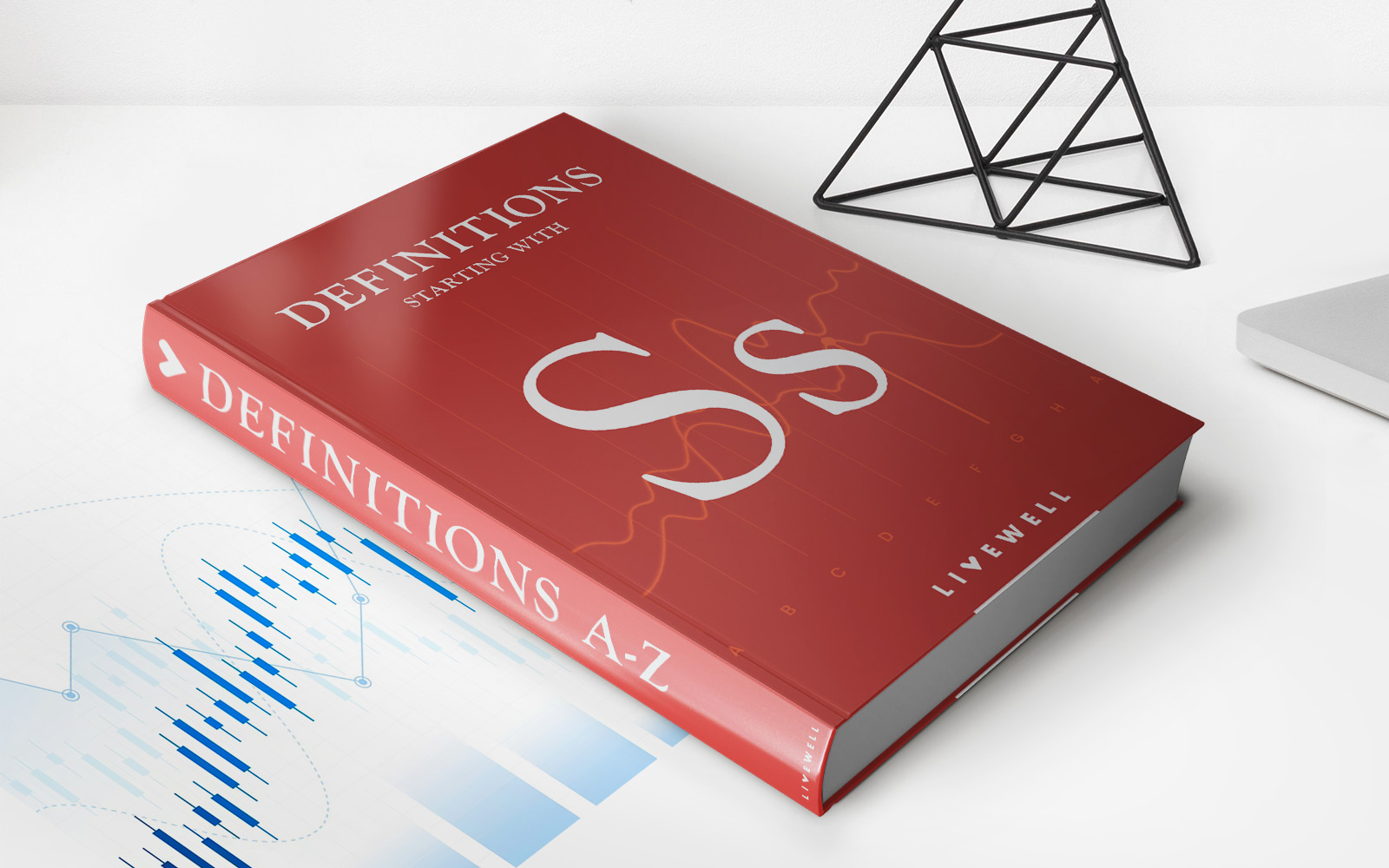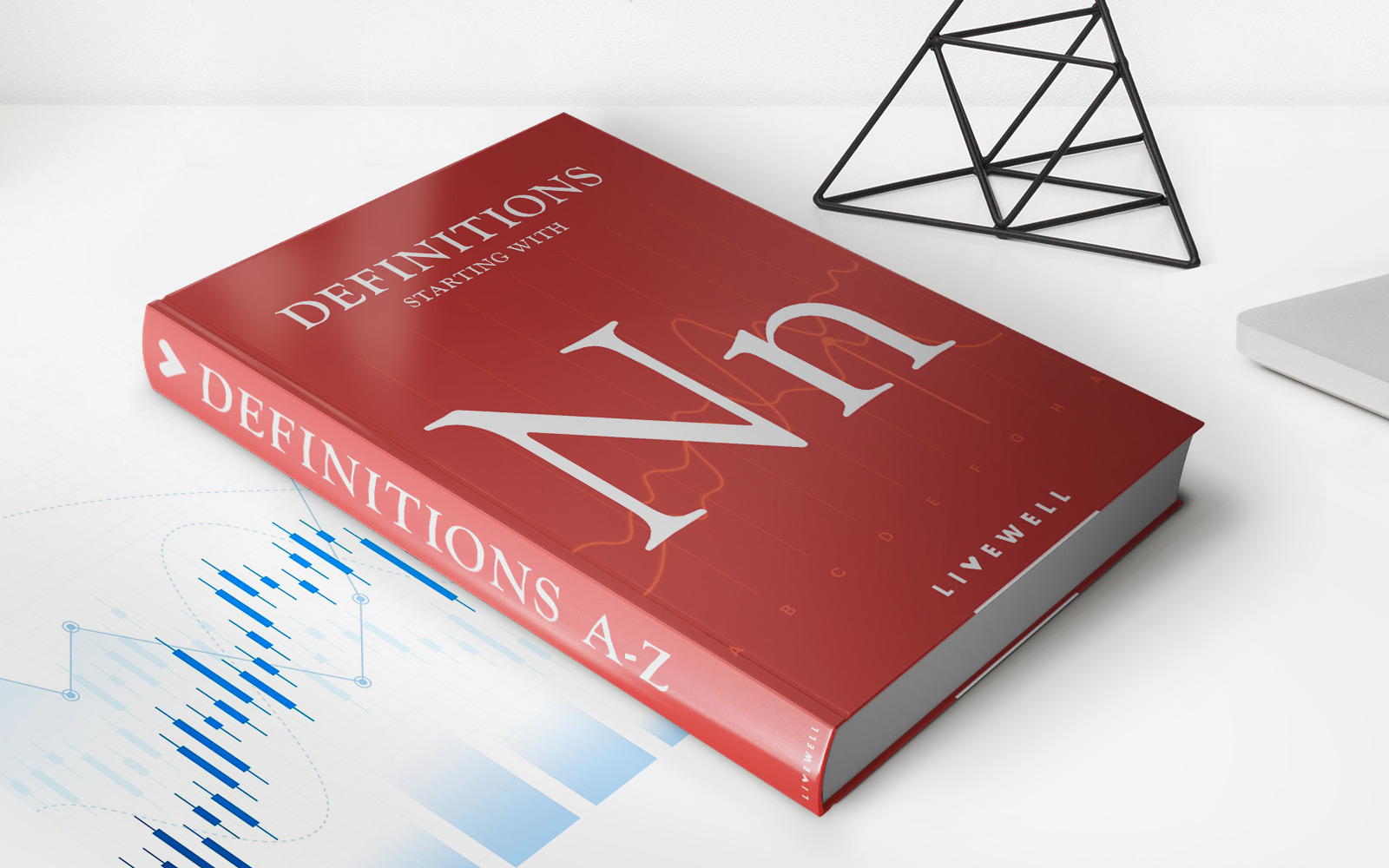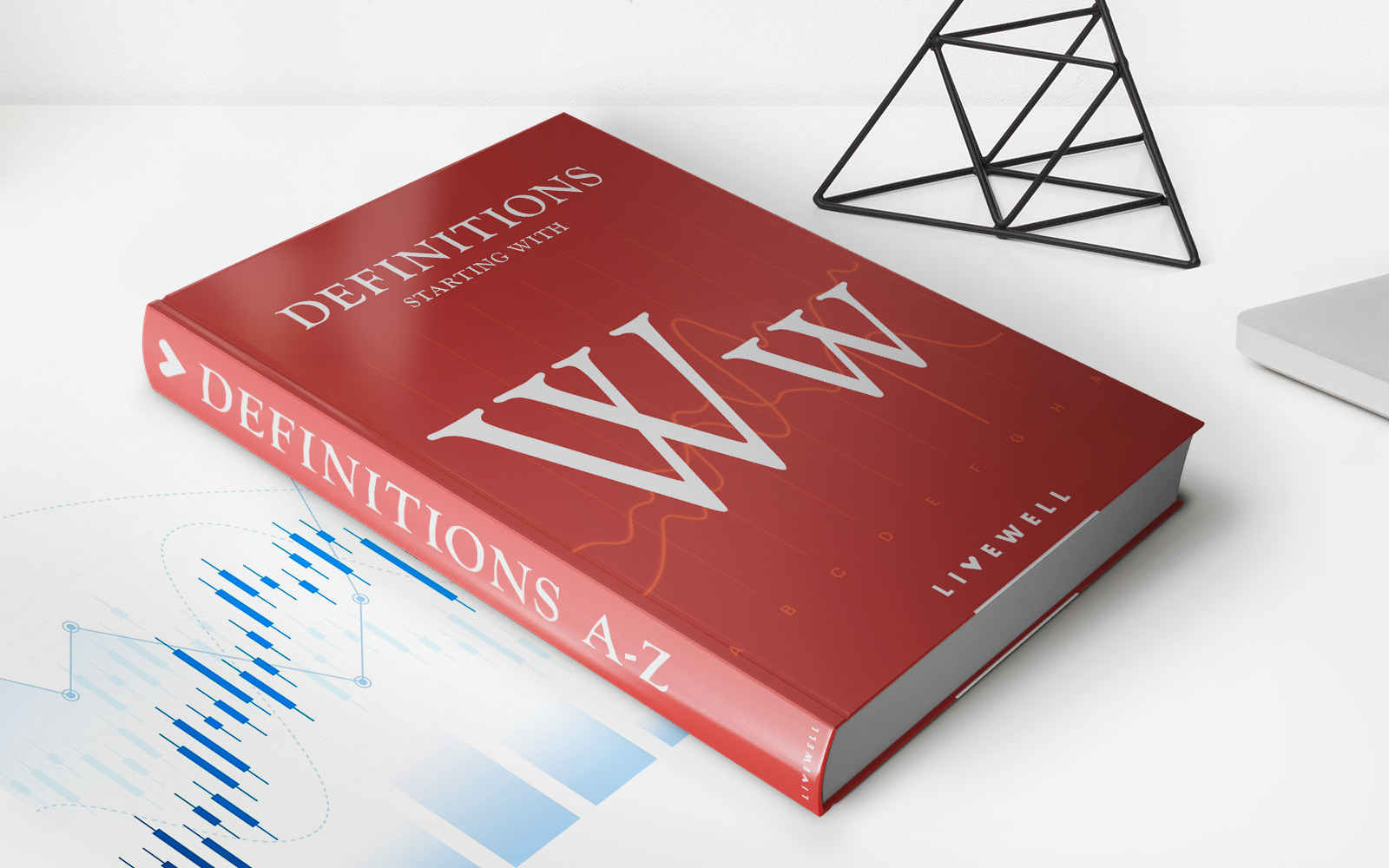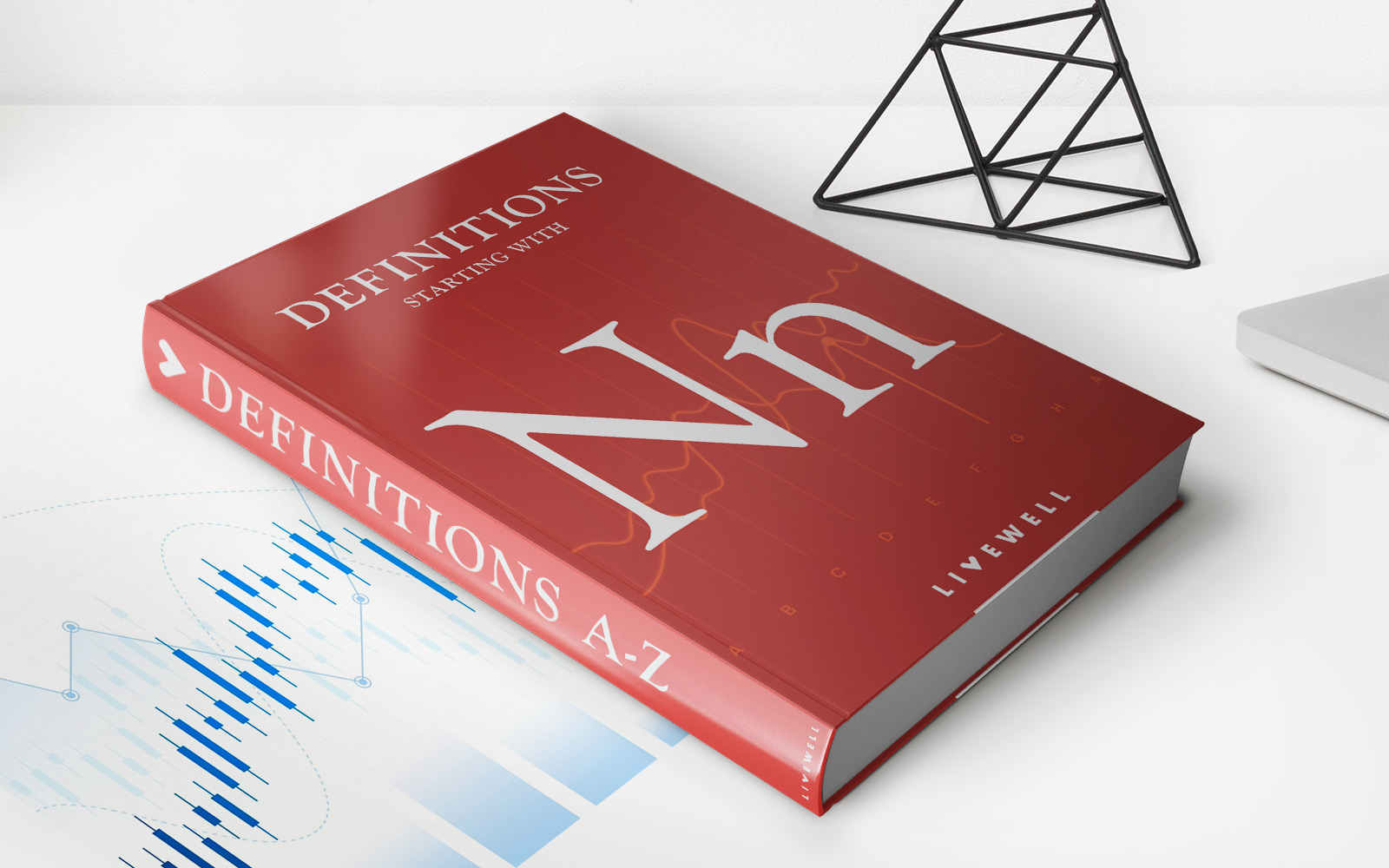Home>Finance>Squeezes: Definition, How They Work, Types, And Examples
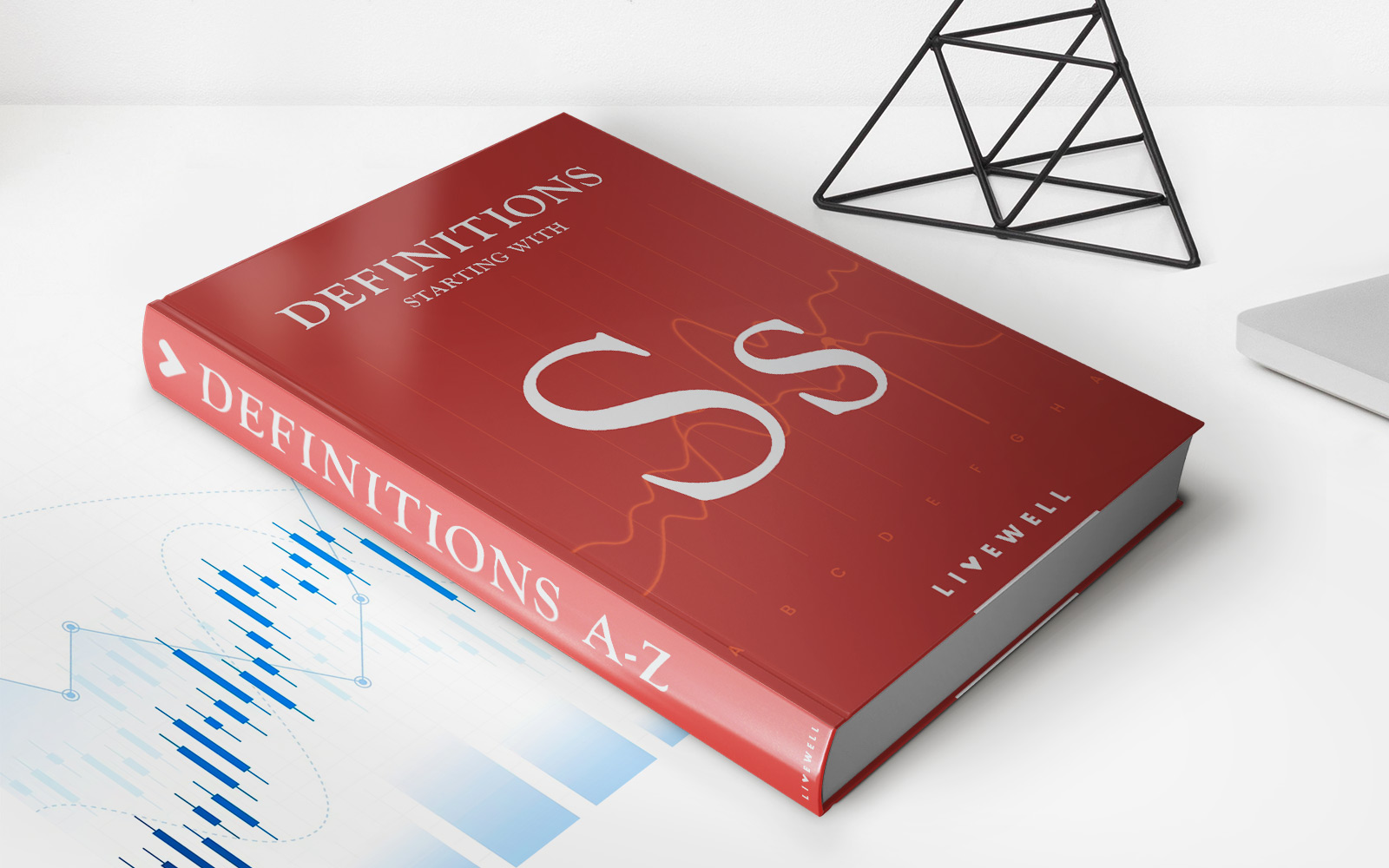

Finance
Squeezes: Definition, How They Work, Types, And Examples
Published: February 1, 2024
Learn the definition of finance squeezes, how they work, and explore different types and examples. Enhance your financial knowledge with expert insights.
(Many of the links in this article redirect to a specific reviewed product. Your purchase of these products through affiliate links helps to generate commission for LiveWell, at no extra cost. Learn more)
Squeezes: Definition, How They Work, Types, and Examples
Welcome to the world of finance, where terms like “squeezes” come into play. But don’t worry, we’ve got you covered! In this blog post, we’ll break down everything you need to know about squeezes – from their definition to how they work, the different types, and even provide some examples. So, let’s dive in and explore the fascinating world of squeezes!
Key Takeaways:
- A squeeze is a situation in which the price of a stock, commodity, or other asset rapidly increases or decreases.
- Squeezes can occur due to various factors, such as supply and demand imbalances, short-covering, or speculative trading.
What is a Squeeze?
Before we delve into the mechanics of squeezes, let’s start with the basics. A squeeze is a fascinating phenomenon that occurs in financial markets when the price of a stock, commodity, or other asset undergoes a rapid and significant increase or decrease. Picture a pressure cooker building up steam, and then suddenly releasing it. That’s the essence of a squeeze.
Squeezes can happen due to a variety of factors, but one common element is an imbalance between supply and demand. When demand for an asset suddenly surges, often driven by positive news or market sentiment, it causes the price to skyrocket. Conversely, when supply outstrips demand, causing panic-selling or a sudden change in market sentiment, the price can tumble rapidly.
How Do Squeezes Work?
The mechanics of a squeeze can be complex, but let’s simplify it. Imagine a scenario where traders or investors have taken positions on a particular asset, such as a stock, with conflicting views on its future price movement.
Now, if a positive catalyst or news arrives that favors one side significantly, the opposing party may rush to exit their positions to minimize losses. This sudden surge in buying or selling activity can intensify the imbalance between supply and demand, contributing to a squeeze.
Moreover, another factor that can trigger a squeeze is short-covering. When traders take short positions – betting that the price will decline – and the price moves in the opposite direction, they may be forced to buy the asset to close their positions. This buying activity to cover short positions can further amplify the squeeze, pushing the price even higher.
Types of Squeezes
Squeezes can manifest themselves in various forms, but here are a few common types:
- Short Squeeze: This type occurs when traders with short positions rush to buy the asset to cover their positions, driving the price higher.
- Liquidity Squeeze: A liquidity squeeze happens when there is a lack of available buyers or sellers in the market, which can cause the price to fluctuate significantly.
- Oil Squeeze: This type of squeeze occurs in the oil market when supply disruptions or geopolitical tensions lead to a sudden spike in oil prices.
- Volatility Squeeze: During a volatility squeeze, there is a sudden reduction in market volatility, causing traders to adjust their positions and potentially pushing the price in one direction.
Real-Life Examples
Now that we have covered the definition, mechanics, and types of squeezes, let’s explore some real-life examples:
- Short-Squeeze in GameStop (GME): In early 2021, a group of retail investors collectively squeezed the stock price of GameStop, causing it to skyrocket. This unexpected squeeze occurred as a result of coordinated buying by individual traders through online platforms, catching many institutional investors off-guard.
- Liquidity Squeeze during the Financial Crisis: The 2008 financial crisis saw a liquidity squeeze, with banks and financial institutions struggling to find buyers for their distressed assets. This lack of liquidity resulted in plummeting asset prices and contributed to the widespread market turmoil.
- Oil Squeeze following the Gulf War: During the Gulf War in 1990, geopolitical tensions and supply disruptions led to an oil squeeze, with crude oil prices more than doubling in just a matter of months. This squeeze had far-reaching implications for global economies, particularly those heavily dependent on oil imports.
- Volatility Squeeze amid the COVID-19 Pandemic: The onset of the COVID-19 pandemic in early 2020 caused a volatility squeeze in financial markets. As markets plummeted, volatility soared to record levels, forcing traders to recalibrate their positions and strategies.
These examples highlight the wide range of situations in which squeezes can occur, impacting various asset classes and markets.
Conclusion
Squeezes are captivating phenomena in the financial world, reflecting the dynamics of supply and demand and the underlying sentiment of market participants. Whether it’s a short squeeze, liquidity squeeze, oil squeeze, or volatility squeeze, they can have profound effects on asset prices and market dynamics. Understanding them can provide valuable insights for investors and traders looking to navigate through these price upheavals and seize opportunities amidst the chaos. So, keep an eye out for squeezes in the market, as they can create both risks and an opportunity for profit.

